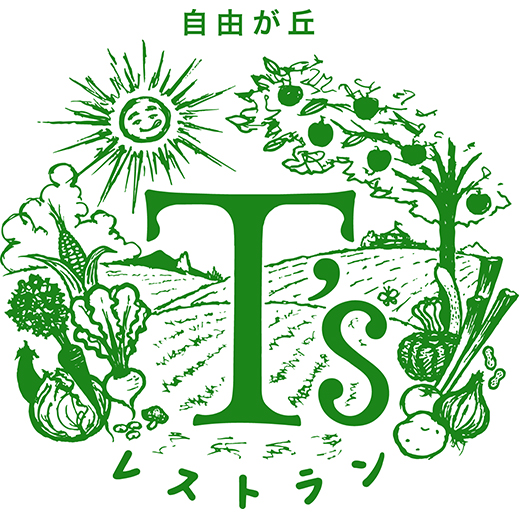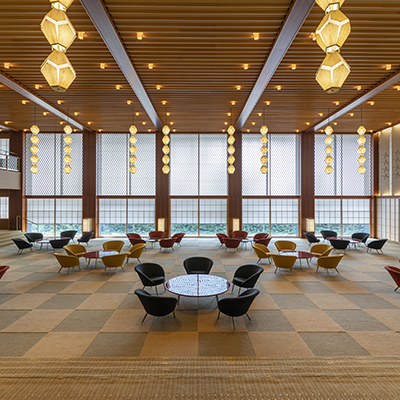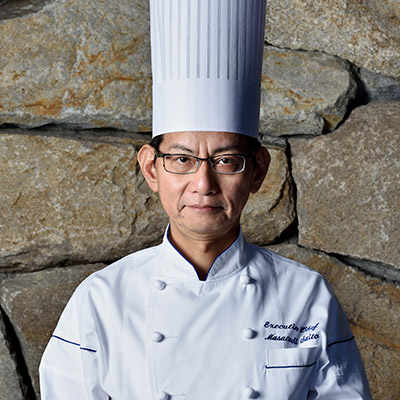October 8, 2025
The Enigmatic Fragrance of Ranjatai
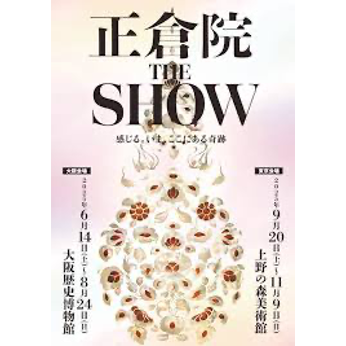
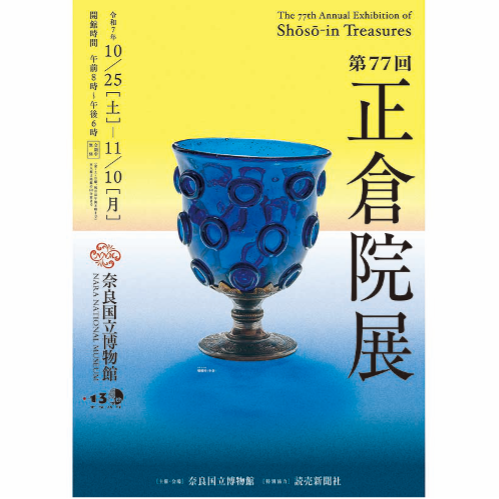
The Philosophy of Japanese Incense
In the world of kodo — the Japanese art of appreciating incense — the highlight is not an ornate burner or a large piece of wood. It is often a tiny splinter, no bigger than a horse’s tail hair, shaved from a centuries-old aromatic wood. Such a small fragment can release a fragrance so powerful that it has moved hearts for over a thousand years. Because only a tiny chip is burned, connoisseurs enjoy every brief change in the aroma — from the very first wisp to the fading final note — like a short but beautiful drama of the moment.This practice developed out of necessity. Japan lacks a native source of high-quality aromatic wood, so imported pieces had to be used sparingly. Over time, this restraint in material usage evolved into a uniquely Japanese aesthetic: the belief that true value resides not in abundance but in the refinement of the senses and the richness of the heart.
A Legendary Fragrance Desired by Rulers
Among many treasured incense woods, none has sparked more fascination and legend than the “kojuko” known as Ranjatai. The name itself hides a historical pun: the three Chinese characters for Ranjatai (蘭奢待) secretly contain the characters for Todaiji, the great temple in Nara, reflecting the playful word games of the Muromachi period. Its exact origins remain uncertain, but records suggest that Ranjatai arrived in Japan from Southeast Asia sometime between the late 8th and 9th centuries. It has long been kept in the Shosoin, the treasure house of Todaiji Temple that also stores artifacts linked to Emperor Shōmu.Revered as Japan’s most esteemed fragrance, Ranjatai has been shrouded in mystery for centuries. More than just a fragrant wood, it became a sought-after symbol of authority. Historical records recount how shogun Ashikaga Yoshimasa cut a piece from it, how Oda Nobunaga claimed it as part of his effort to unify Japan, and how even Emperor Meiji once reached for it.
For these influential figures, touching this sacred treasure of the Shosoin was more than just a personal indulgence in fragrance. Especially for Nobunaga, it symbolized a public act — a declaration that he belonged to Japan’s legitimate ruling lineage. Ranjatai, in this context, served as both a symbol of power and a proof of sovereignty.
A Fragrance Reborn in Our Time
In 2025, Ranjatai returns to the spotlight. For the first time, the Imperial Household Agency’s Shosoin Office has recreated the fragrance as part of a special project. Visitors to the exhibition “Shosoin — The Show” at the Ueno Royal Museum in Tokyo can now experience this long-hidden aroma — though as a carefully crafted reproduction. For fragrance enthusiasts and history lovers alike, this is a thrilling prospect: “To think that the scent once reserved for emperors and warlords is now within my reach!”Even more notably, the original fragment of Ranjatai will be displayed this fall at the annual Shoso-in Exhibition at the Nara National Museum, marking its first public showing in 14 years since 2011.
Imagine the journey: first inhaling the recreated scent in the vibrant heart of Tokyo, then standing before the genuine ancient wood in Nara — a pilgrimage that bridges time and space.
Ancient and Modern in Harmony
Tokyo’s Ueno presents a forward-looking, digitally enhanced exhibition that hints at the future of cultural heritage, while Nara offers an encounter with the authentic, time-worn treasure itself. Experiencing both is like hearing a duet of past and present — ancient and contemporary Japan resonating together.For anyone seeking a truly unforgettable cultural journey this autumn, the story of Ranjatai is more than an exhibition. It is an adventure into fragrance and history, uniting the ephemeral beauty of incense with the enduring power of heritage.
Shosoin THE SHOW
Japanese Imperial TreasuresExperience history and miracles!
Dates: September 20 (Sat), 2025 - November 9 (Sun), 2025
Hours: 10:00 AM – 5:00 PM *Last entry 30 minutes before closing
Venue: The Ueno Royal Museum, 1-2 Ueno Koen, Taito-ku, Tokyo
Access: 3-minute walk from the Koen exit of JR Ueno Station
5-minute walk from Tokyo Metro or Keisei Ueno Station
The 77th Annual Exhibition of Shosoin Treasures
Dates: Saturday, October 25, 2025, through Monday, November 10, 2025. The museum is open daily throughout the exhibition.Venue: The East and West New Wings of the Nara National Museum in Nara, Japan.
Hours: 8:00 A.M. to 6:00 P.M., and until 8:00 P.M. on Fridays, Saturdays, and Sundays. Last entry is sixty minutes before closing.



